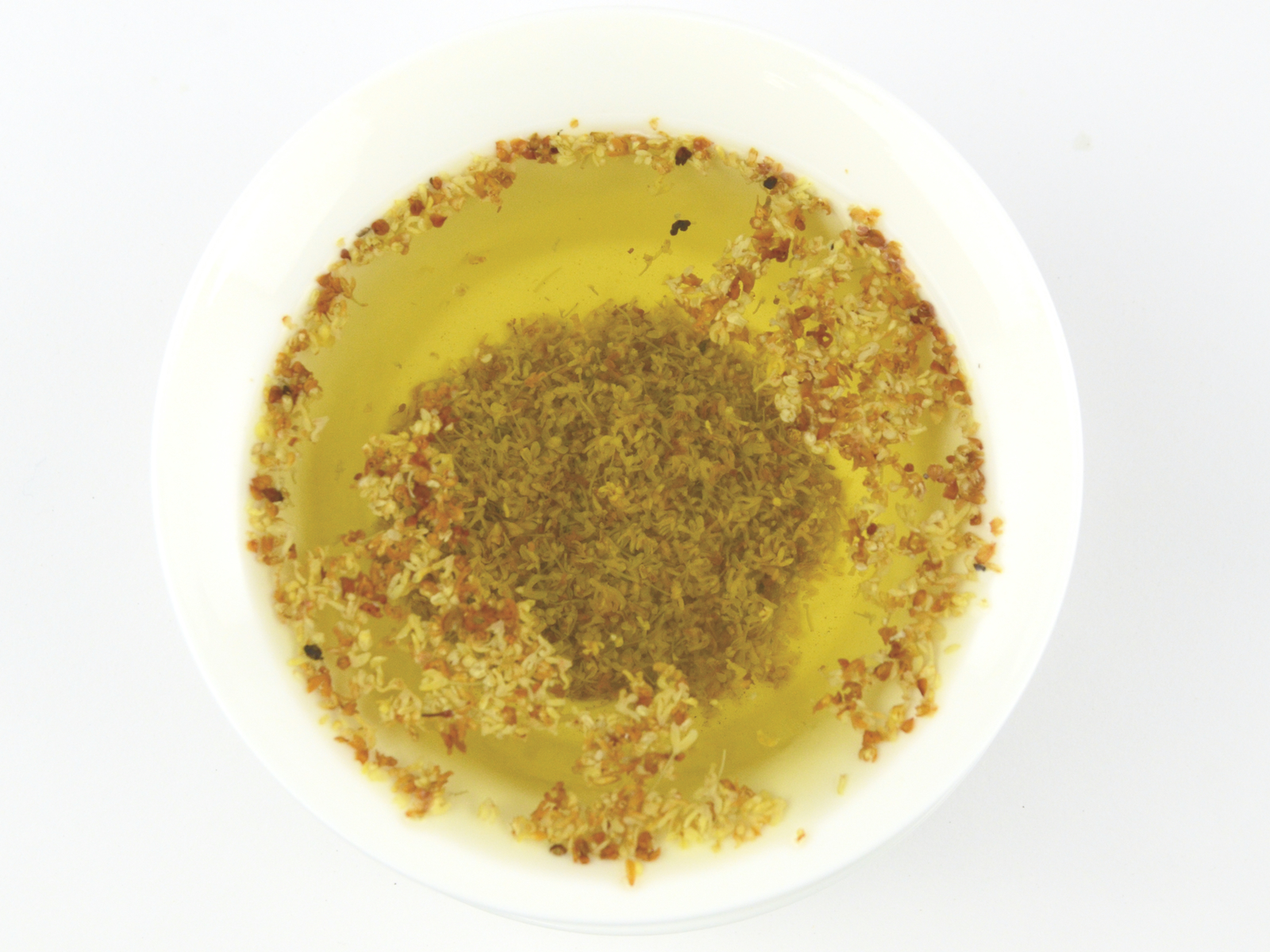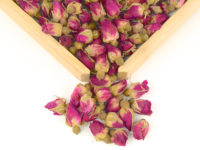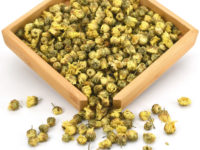Gui Hua (Osmanthus Flowers)
Caffeine Free Herbal Tea 40 grams
A pale yellow infusion with a lush floral aroma from tiny golden yellow flowers that blossom in autumn. Smooth and lightly sweet clean flavor. A cooling Chinese herb traditionally used for reducing inflammation.
$16.75
24 in stock
- Tea Origin
- Fujian Province, China
- Harvest Time
- Autumn
- Plucking Standard
- Fresh fallen flowers
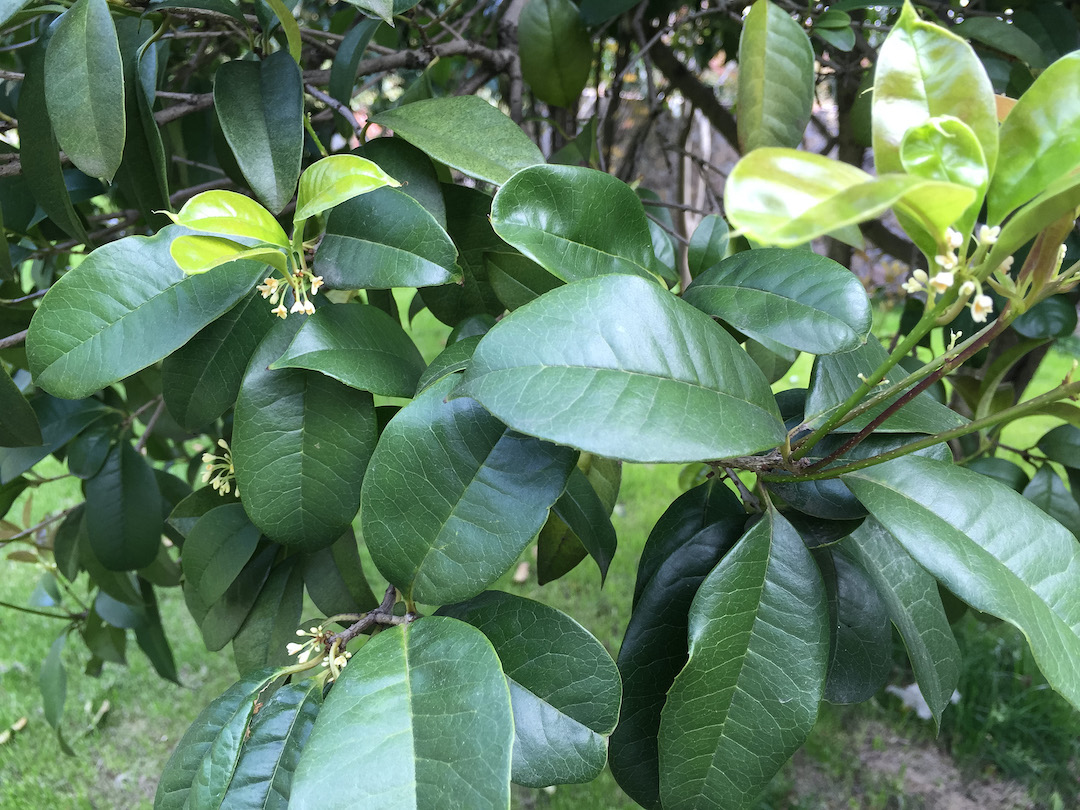
Osmanthus is a caffeine free herbal tea. It possesses a rich floral aroma and wonderful faintly sweet and clean taste. Even by itself, it is a delicious tea, but it is also often blended with green tea or Anxi wulong tea. Adding Osmanthus to Big Buddha Dragonwell is particularly popular and there is actually a famous song named after the blend! According to Chinese medicine, this tea is cooling and helps remove inflammation while soothing the respiratory system.
Harvest and Processing

Osmanthus flowers grow in autumn around the Moon Festival season. The Chinese use it for drinking and cooking quite regularly. It does not grow on a bush like roses or chrysanthemum, but instead, it grows on a tree that can reach up to 5 meters tall. Osmanthus flowers are tiny and large amounts of them grow on the branches.
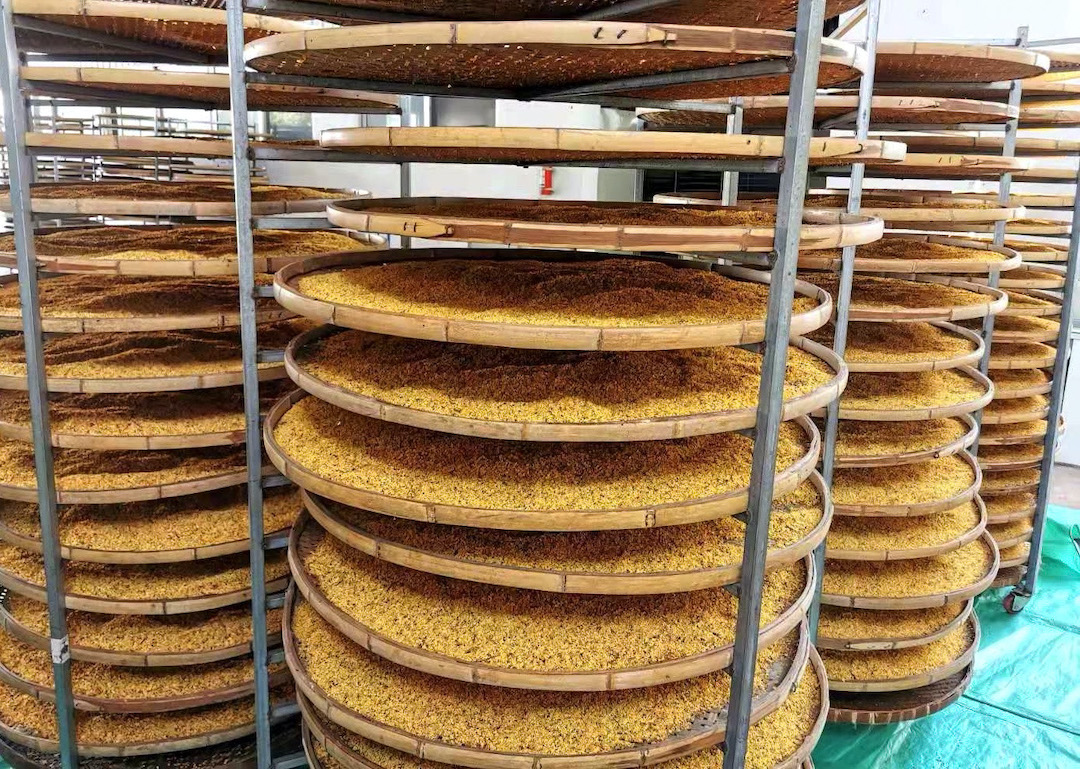
There are farms that are dedicated entirely to growing Osmanthus trees since it has become such a popular herbal tea. The span of time between when the buds open and when they completely drop onto the ground is short. In fact, it only lasts 9 days, and there are only 3 days during this window when osmanthus has the optimal aroma and taste for making into a tea. Once the farmers pick the flowers, they take 14-16 hours to slowly dry them in order to retain the original yellow color. This process will remove most of the moisture which helps reduce the risk of infestation.
Mythology
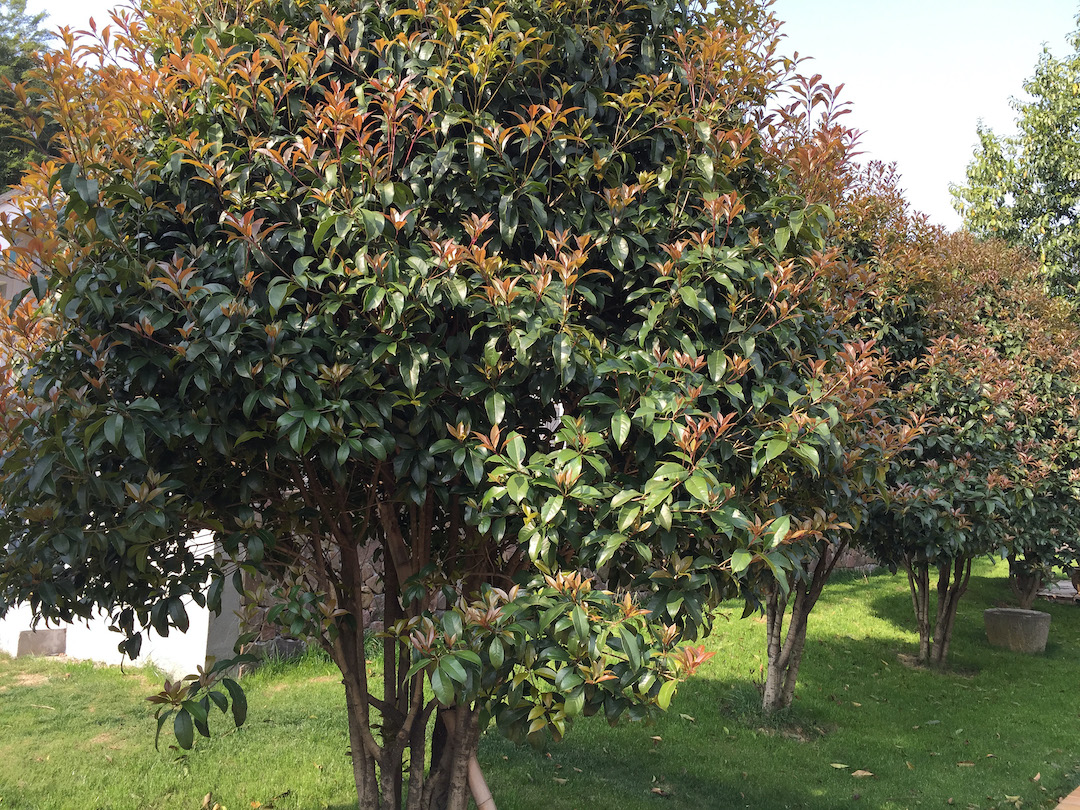
Quite a few myths and lore surround osmanthus, but probably the most popular recounts the story of Houyi and Chang’e. According to the tale, ten suns rose from the earth and scorched the lands making the earth into a wasteland. Houyi, known for both his strength and skill of archery, shot nine of these suns out of the sky so that only the one remained saving mankind from its demise.
In order to repay Houyi for this kindness, Xi Wangmu, the Queen of the Sky, gave him peaches from her Longevity Garden. However, were Houyi to eat the peaches, he knew he would become immortal and he would be required to leave his wife. Houyi loved his wife Chang’e, so he opted not eat the peaches, but they remained in his home.
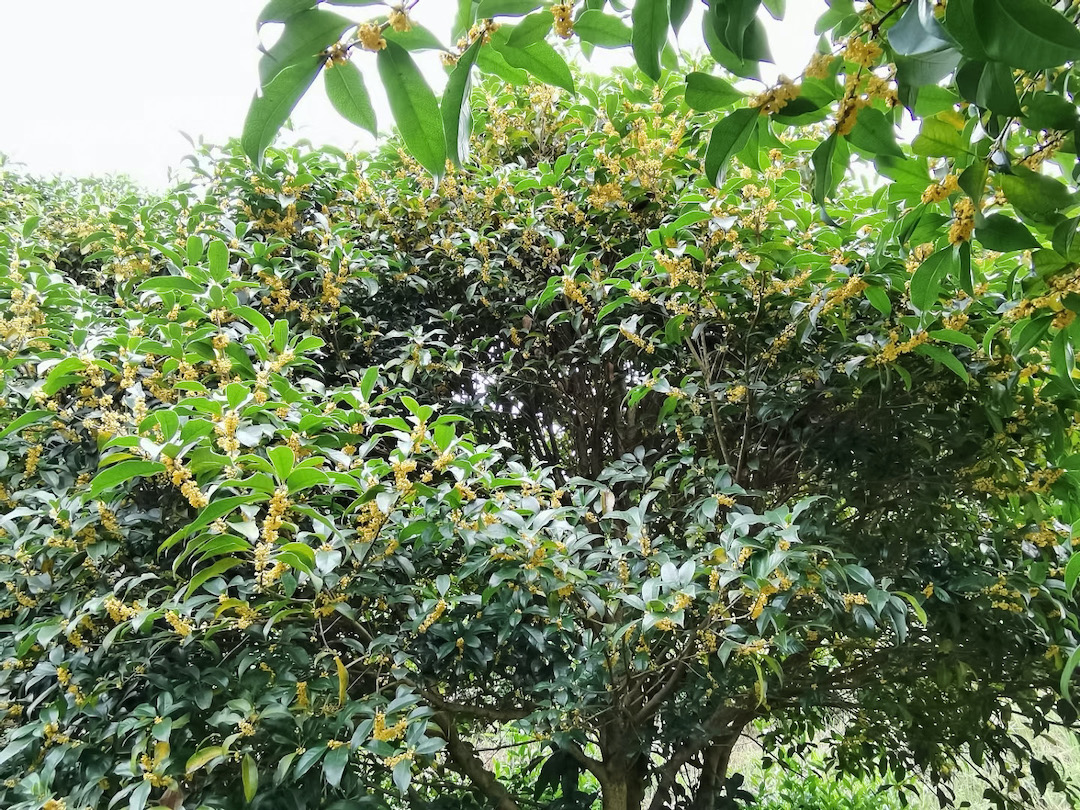
Now, as the story goes, Houyi also had a bad student named Peng Meng. He had heard rumors of Xi Wangmu gifting these peaches that bestow longevity to those who eat them to his teacher Houyi. So, Peng Meng attempted to steal the peaches by forcing Chang’e to give them to him. In order to prevent Peng Meng from getting ahold of the peaches and becoming immortal, Chang’e ate the peaches instead. In so doing, she became immortal herself, and flew to the moon. Upon discovering this, Houyi wept with sadness and cried out for his wife. He set up a table for Chang’e with tea and her favorite foods. Xi Wangmu took pity on the couple and allowed them to meet under an Osmanthus tree every year on the same day. That day became known as the Mid-Autumn Festival and continues to be celebrated to this day, based on this story.
Additionally, in Chinese culture, osmanthus are mythological trees that grow on the moon. It’s possible we can also attribute this to the story about Houyi and his wife Chang’e. It is not uncommon for the moon to be depicted as the golden color of osmanthus flowers.


